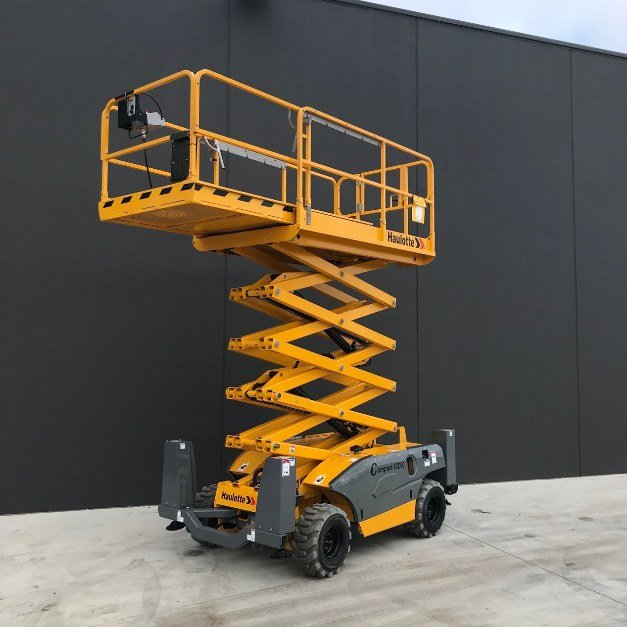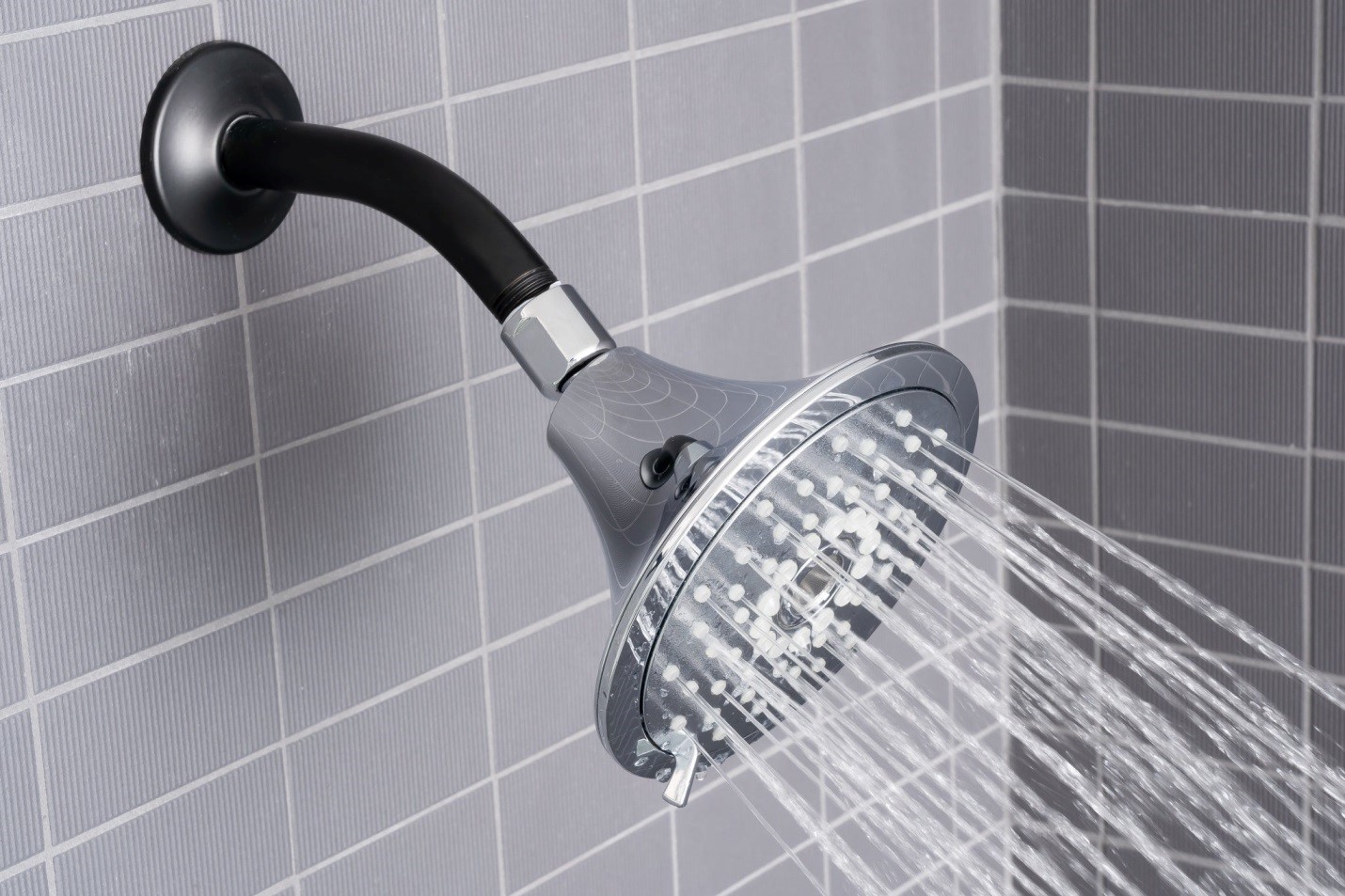Key Regulations and Standards for Operating Scissor Lifts at Their Maximum Height

Key Regulations and Standards for Operating Scissor Lifts at Their Maximum Height
Scissor lifts are indispensable in various industries for providing elevated access to workers and facilitating tasks at different heights. While these versatile machines greatly enhance efficiency, it is crucial to adhere to specific regulations and standards to ensure the safety of operators and those working in the vicinity. In this article, we will delve into the key regulations and standards governing the operation of scissor lifts, with a focus on their use at maximum height.
Understanding Scissor Lifts
Before delving into the regulations, let’s briefly understand what scissor lifts are. Scissor lifts are mobile elevated work platforms (MEWPs) that consist of crisscrossing metal supports, resembling the shape of a pair of scissors. scissor lift max height They are designed to vertically elevate workers and their equipment to various heights, providing a stable platform for tasks such as maintenance, construction, and installation.
ANSI A92 Standards
The American National Standards Institute (ANSI) has established a series of standards, specifically ANSI A92.20 for manually propelled elevating work platforms and ANSI A92.22 for self-propelled elevating work platforms, including scissor lifts. These standards outline the design, safety, and testing requirements for scissor lifts. Compliance with these ANSI standards is crucial to ensure the safe operation of scissor lifts at all heights, including their maximum height.
Operator Training and Certification
One of the fundamental aspects of scissor lift safety is the proper training and certification of operators. The Occupational Safety and Health Administration (OSHA) mandates that operators must be adequately trained and certified to operate scissor lifts. This training covers not only the general operation of the equipment but also emphasizes the specific safety considerations when operating scissor lifts at their maximum height.
Weight Capacity and Load Distribution
Adherence to weight capacity limits is critical for safe scissor lift operation. Each scissor lift comes with a specified maximum weight capacity, and exceeding this limit can lead to instability and potential accidents. Additionally, ensuring proper load distribution on the platform is essential, especially at maximum height, to maintain stability and prevent tilting.
Fall Protection Measures
When operating scissor lifts at their maximum height, fall protection measures become paramount. OSHA requires the use of personal fall arrest systems (PFAS) or guardrail systems, depending on the specific conditions and the design of the scissor lift. Proper implementation of fall protection measures mitigates the risk of injuries in the event of a fall from height.
Regular Equipment Inspections and Maintenance
To ensure the continued safe operation of scissor lifts, regular inspections and maintenance are imperative. Operators should conduct pre-use inspections, checking for any visible damage, hydraulic leaks, or malfunctioning components. Regular maintenance, as per the manufacturer’s guidelines, helps identify and address potential issues before they compromise the safety of the equipment, especially at maximum height.
Emergency Procedures and Rescue Planning
Having well-defined emergency procedures and rescue plans is a key element of scissor lift safety. In the event of a malfunction or accident at maximum height, a prompt and efficient response is crucial. Operators should be trained on emergency descent procedures, and the worksite should have clear communication channels for summoning help in case of an emergency.
Conclusion
Operating scissor lifts at their maximum height requires strict adherence to regulations and standards established by organizations like ANSI and OSHA. Proper operator training, weight capacity considerations, fall protection measures, equipment inspections, and emergency planning are integral components of ensuring a safe working environment. By prioritizing safety and compliance, businesses can harness the full potential of scissor lifts while safeguarding the well-being of their workforce.







